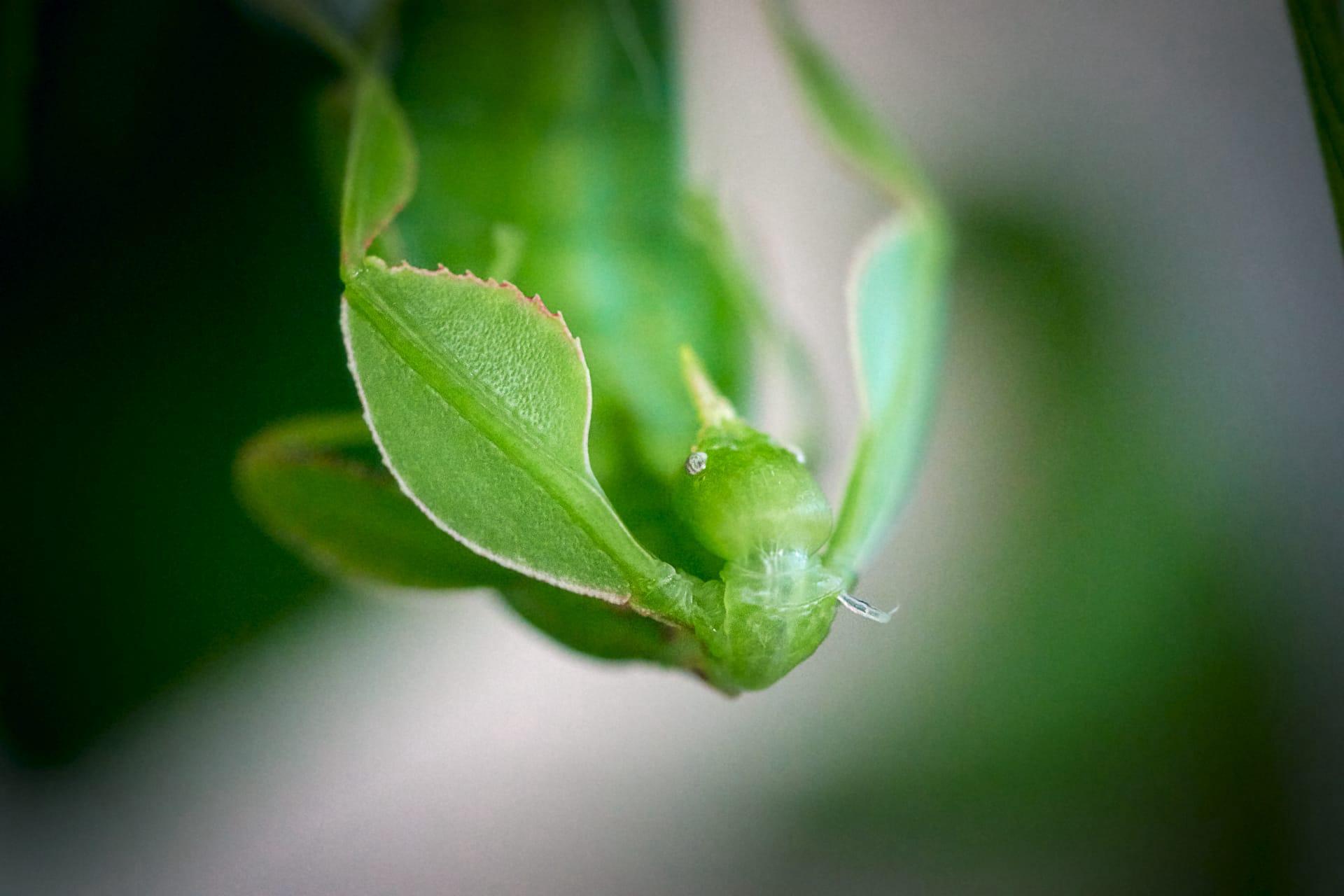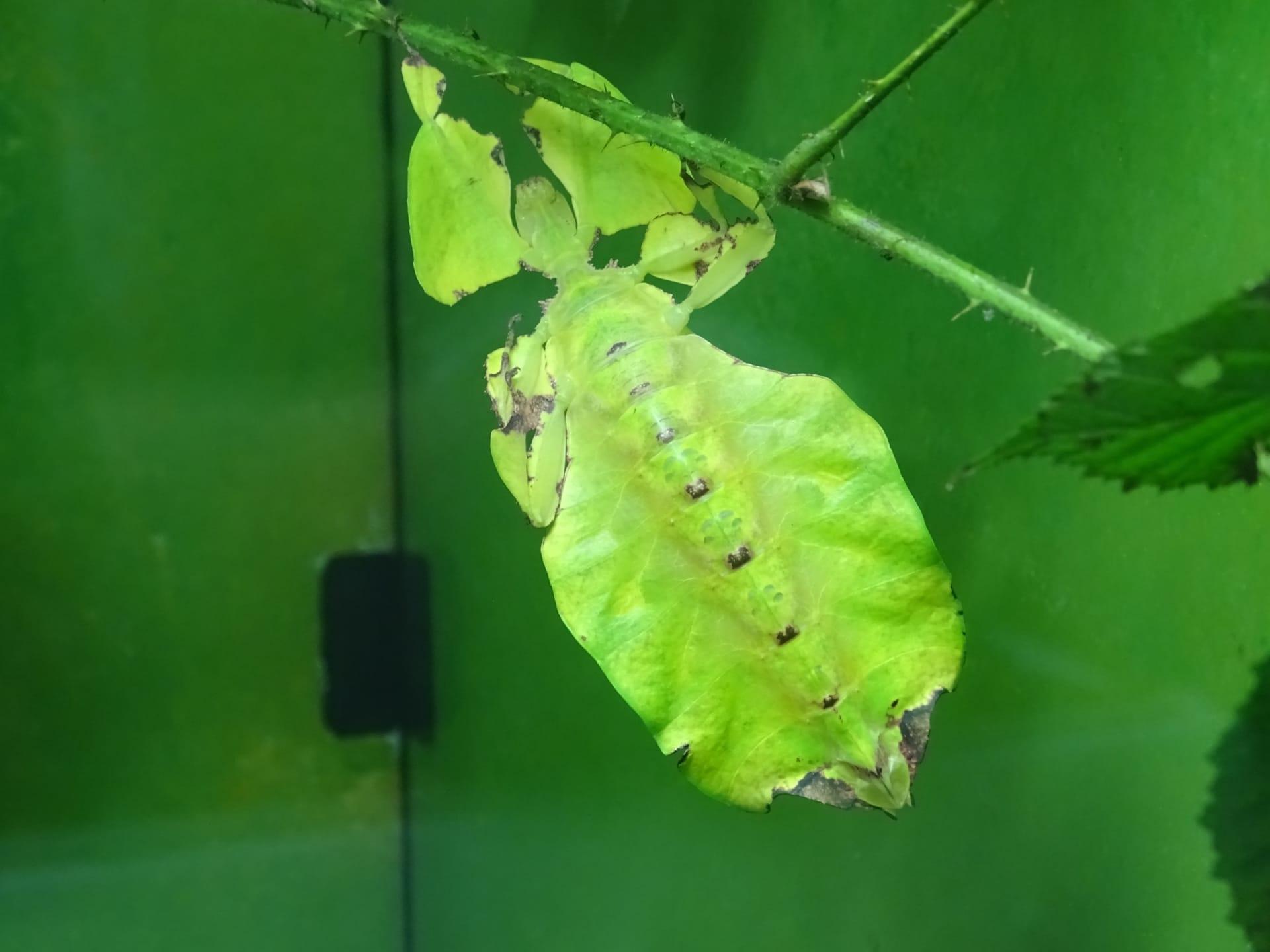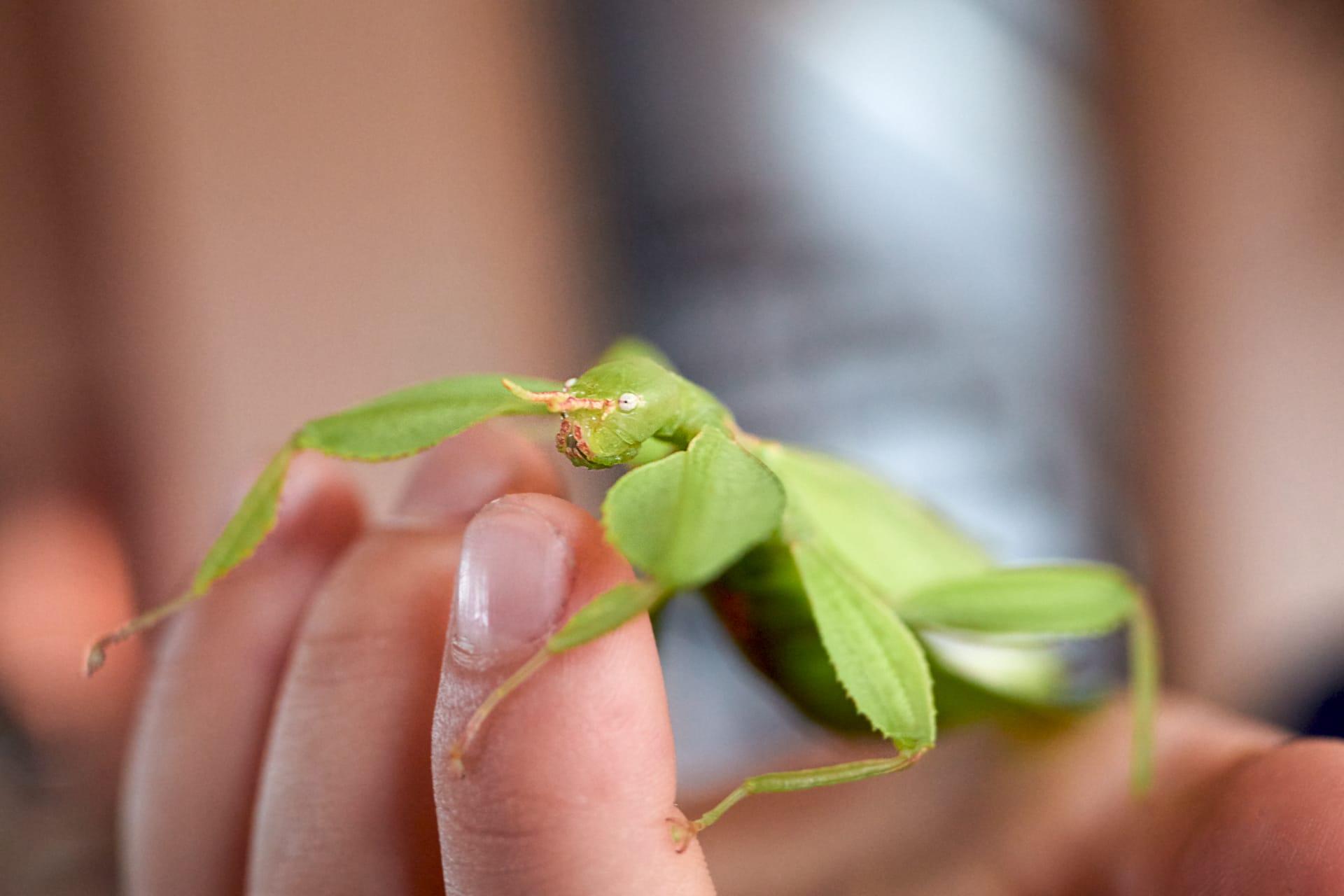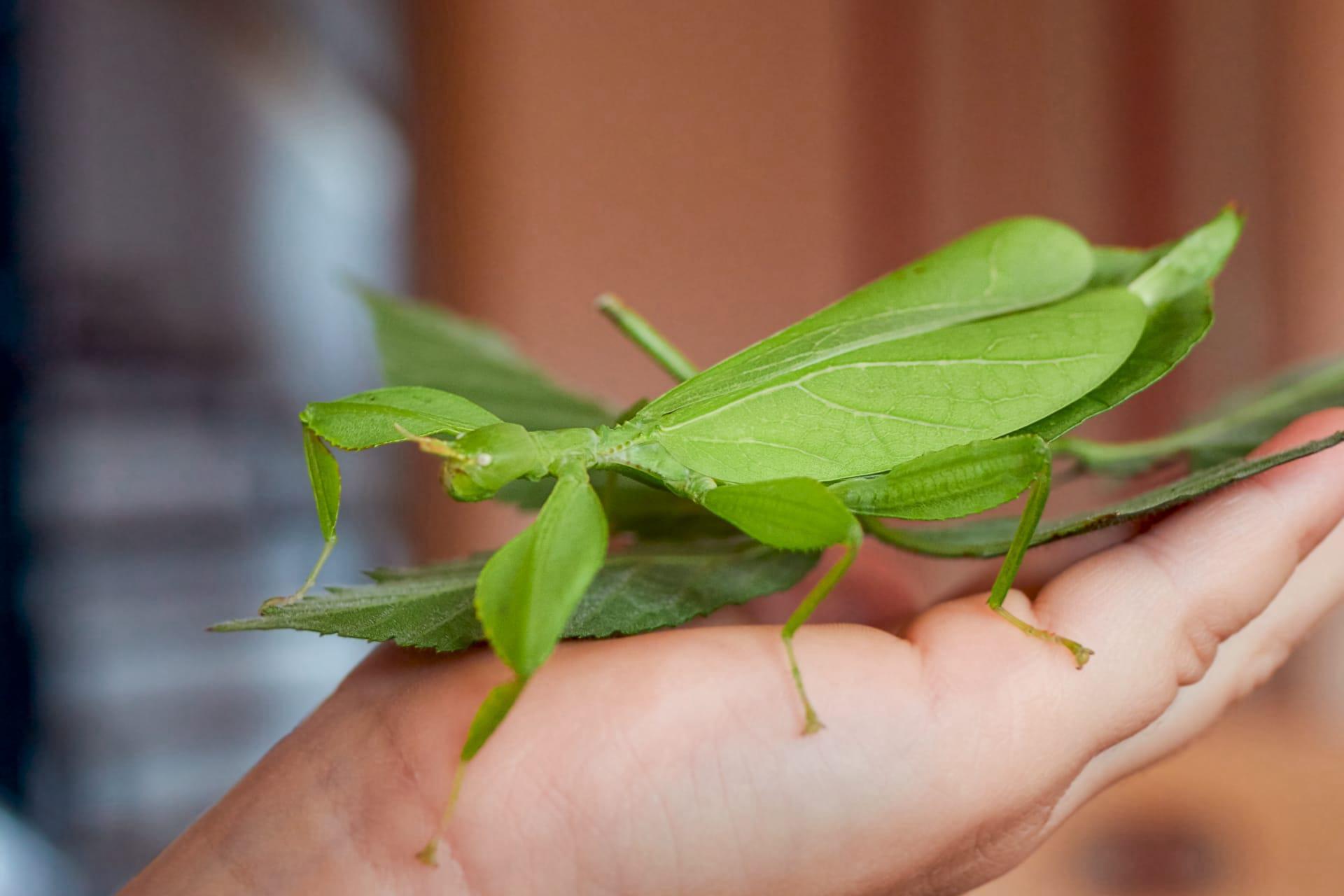Leaf Insect
- Home /
- Mini Encyclopedia /
- Animal /
- Leaf Insect
1
The leaf insect, scientifically known as Phyllium, belongs to the family Phylliidae. This fascinating group falls under the order Phasmatodea, commonly known as stick insects. There are over 50 known species of leaf insects, each meticulously adapted to resemble leaves. These species are classified based on subtle variations in their leaf-like appearance, such as the shape, size, and color patterns on their bodies, which mimic the veins and edges of leaves.
Leaf insects are predominantly found in tropical regions, especially in Southeast Asia, including countries like Malaysia, Thailand, and Indonesia. They are also native to parts of Australia and South Asia. These insects thrive in dense, humid forests where their unique camouflage offers them protection against predators. Their distribution is closely tied to the availability of suitable foliage, as their survival hinges on their ability to remain undetected in their natural habitat.

2
Question: Do leaf insects eat only the leaves of the plants they mimic?
Answer: Contrary to popular belief, leaf insects are not strictly limited to eating the leaves of the plants they resemble. While their primary diet consists of leaves, they are not species-specific feeders. Leaf insects commonly consume a variety of leaves, including those from bramble, raspberry, and oak. This dietary flexibility is crucial for their survival, as it allows them to thrive in environments where their specific mimicking plant may not be available.

3
Leaf insects employ remarkable survival strategies, primarily their extraordinary camouflage. Their bodies are not only leaf-shaped but also exhibit detailed vein patterns and leaf-like colors, ranging from green to brown, which change as they age or in response to environmental changes. This mimicry is so effective that it can fool both predators and humans, ensuring their survival in the wild.
Another key survival strategy is their motionless behavior. Leaf insects often remain completely still, even when approached closely. This lack of movement, combined with their camouflage, makes them nearly indistinguishable from real leaves. When they do move, they often sway gently, mimicking the movement of leaves in the breeze, further enhancing their disguise.

4
In their ecosystems, leaf insects play a significant role in the food chain. As herbivores, they help in controlling the growth of foliage, thereby maintaining a balance in their habitats. By consuming leaves, they also contribute to the cycling of nutrients back into the soil when they excrete waste.
Moreover, leaf insects serve as a food source for various predators, including birds, small mammals, and reptiles. Their existence helps sustain these predators, contributing to the biodiversity and ecological balance of their environments. The presence of leaf insects also indicates a healthy, undisturbed forest ecosystem, making them important indicators of environmental health.

5
Film: A notable documentary featuring the leaf insect is "Hidden Kingdoms: Secret Forests," produced by the BBC in the United Kingdom in 2014. This documentary explores the intricate and often unseen life in forests around the world, including the fascinating adaptations of leaf insects to their environment.
Book: "Insects of the Rain Forest" by Jonathan Woodward, published in the United States in 2007, provides an in-depth look at various rainforest insects, including the leaf insect. Woodward's book delves into the unique characteristics and survival strategies of these insects, with a focus on their ecological roles.
Book: Another informative book is "Mimicry in Nature" by Peter Forbes, published in the United Kingdom in 2011. This book examines the phenomenon of mimicry across different species, with a detailed section on leaf insects. Forbes explores how and why these insects have evolved to so closely resemble leaves, providing insights into the broader implications of mimicry in the natural world.